Configuring webhook
You can use this guide to configure outgoing webhooks to be triggered every time a feedback is saved
Supported platforms
Page Feedback for Confluence supports webhooks that are delivered to the following platforms:
Setting endpoints
In Confluence, go to any space > click Space Settings > under Integrations, click Page Feedback Webhooks.
Click Add Webhook, enter a webhook into the Label field, and paste the Webhook URL field. Then, click Save.
 By default, Enable webhook will be checked. Upon creation of the webhook integration, the endpoint will be activated.
By default, Enable webhook will be checked. Upon creation of the webhook integration, the endpoint will be activated.You have successfully created an endpoint from your Confluence space to your Jira project.
Read the following webhook integration guide for more information:
Disabling and deleting webhooks
By default, any webhook added to the page has the ENABLED status.
Go to a space > Click Space Settings > under Integrations, click Page Feedback Webhooks.
Under Endpoints, click the three-dot menu > click the following options from the dropdown:
Disable - the endpoint has a DISABLED status and can be enabled again. (The text changes to Enable if the endpoint is disabled.)
Delete - the endpoint is deleted and cannot be recovered.
